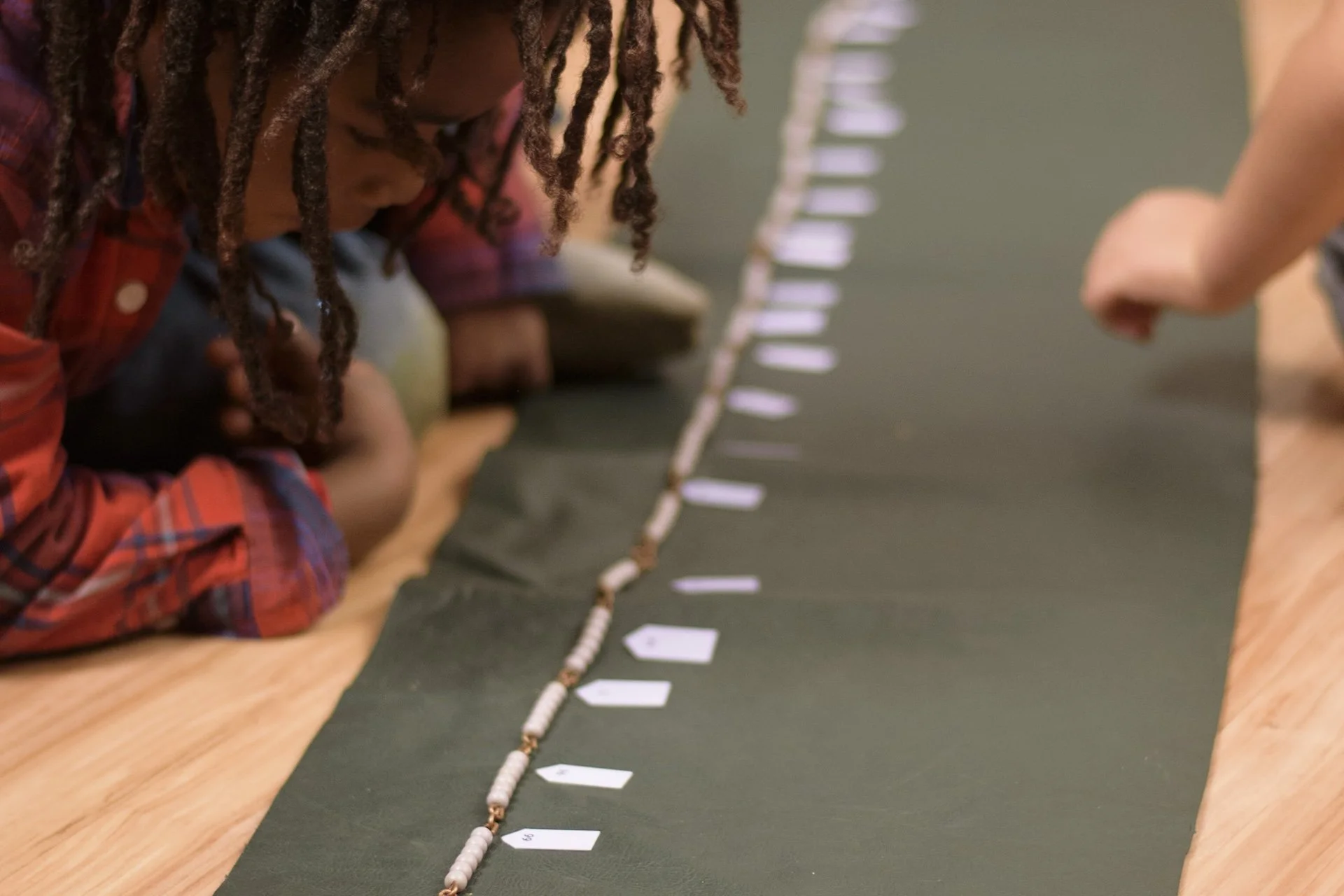In this age of increasing demands and accountability, many may wonder about the benefits of foreign language study, particularly in programs where the amount of time spent in foreign language instruction is small.
The Upper School's Trip to Katahdin, Maine. In Pictures.
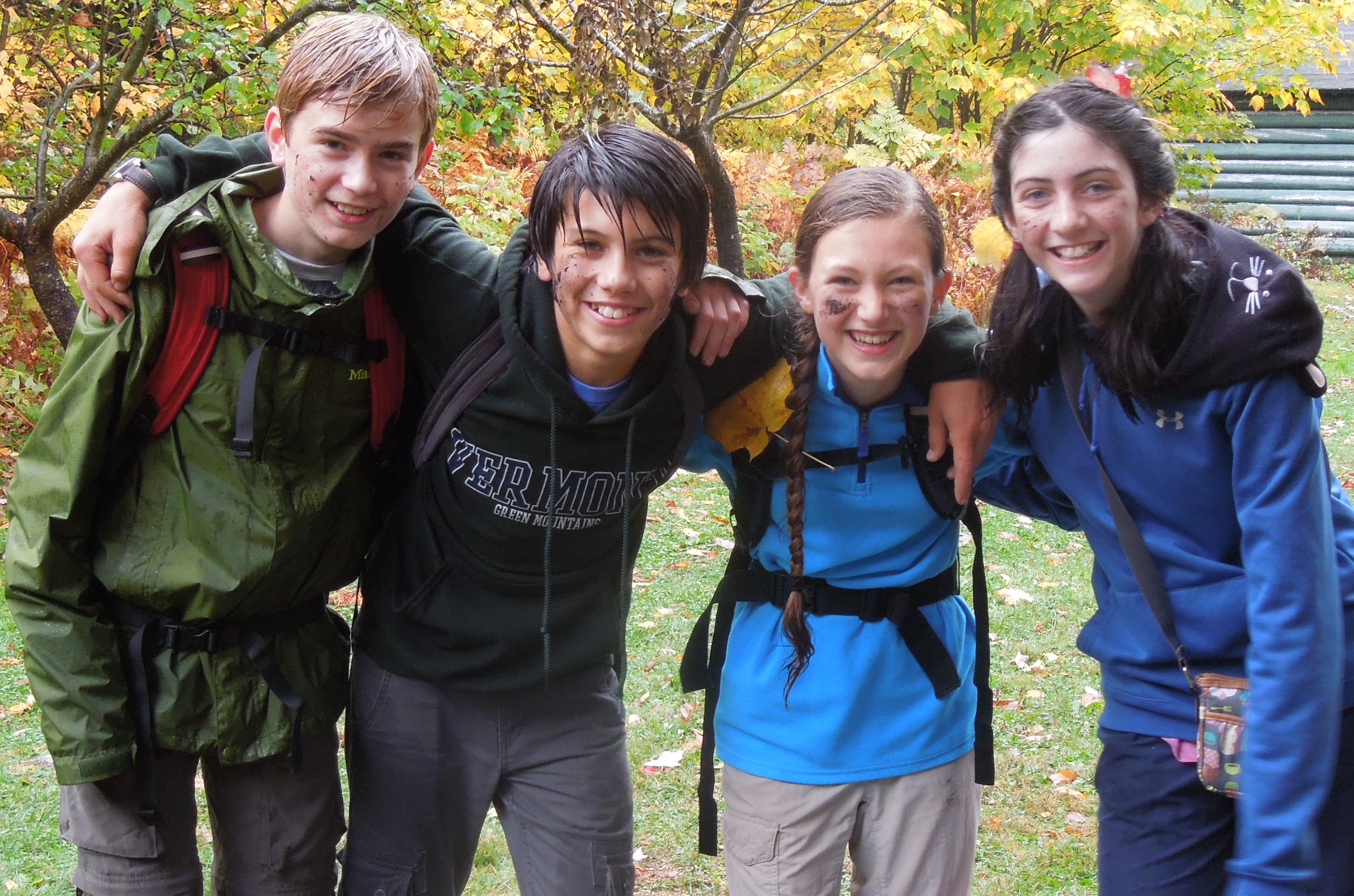



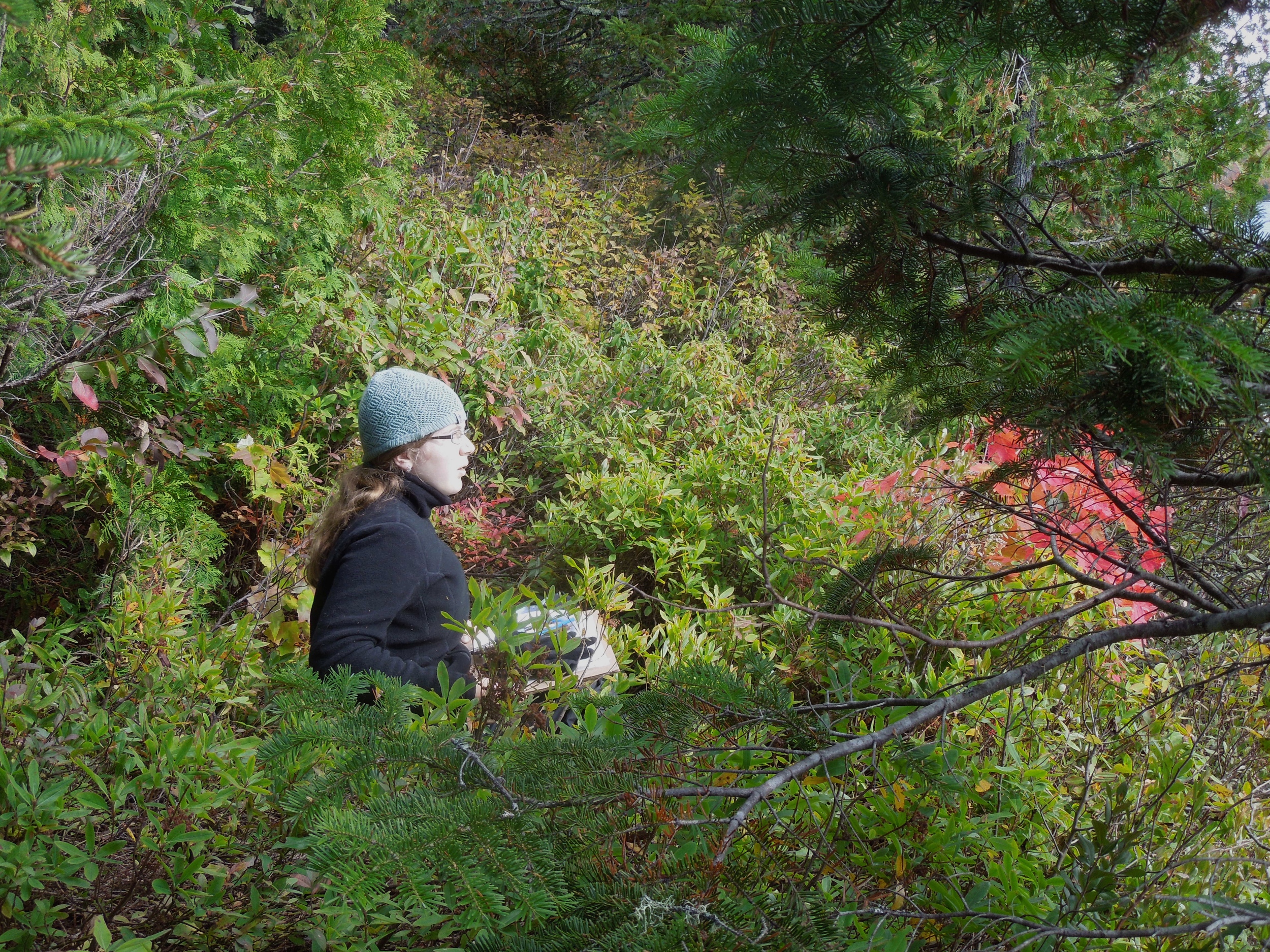
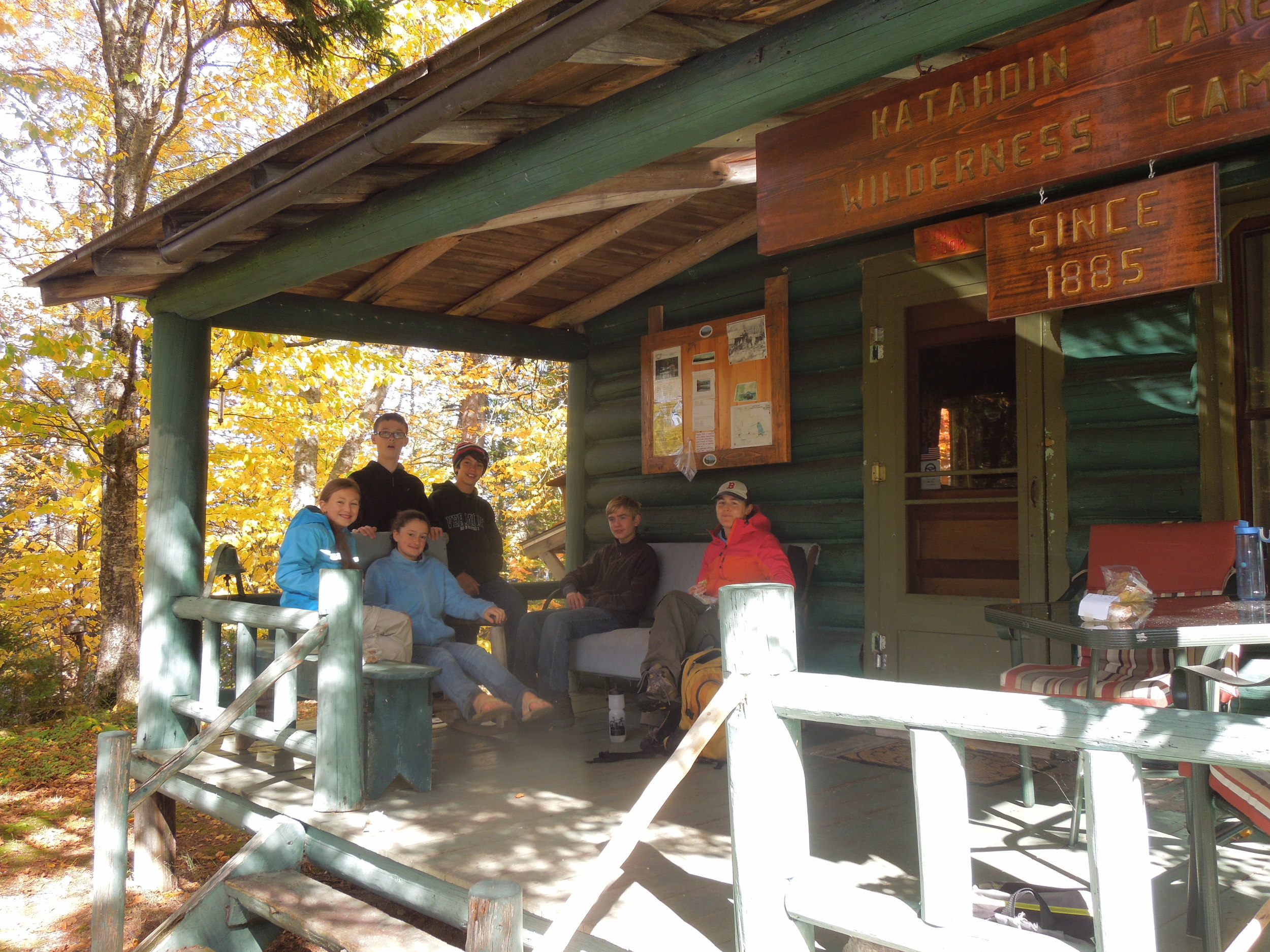


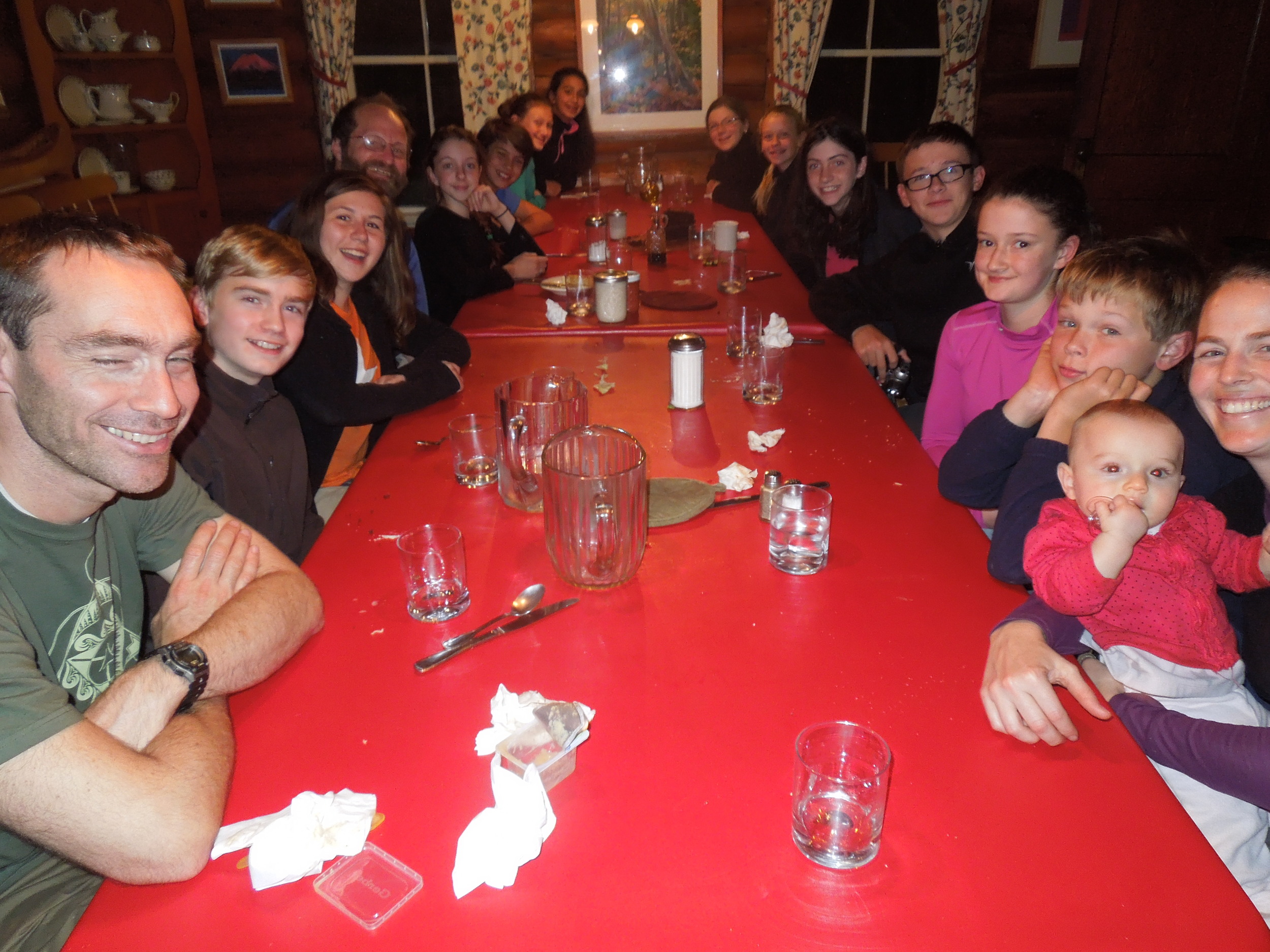
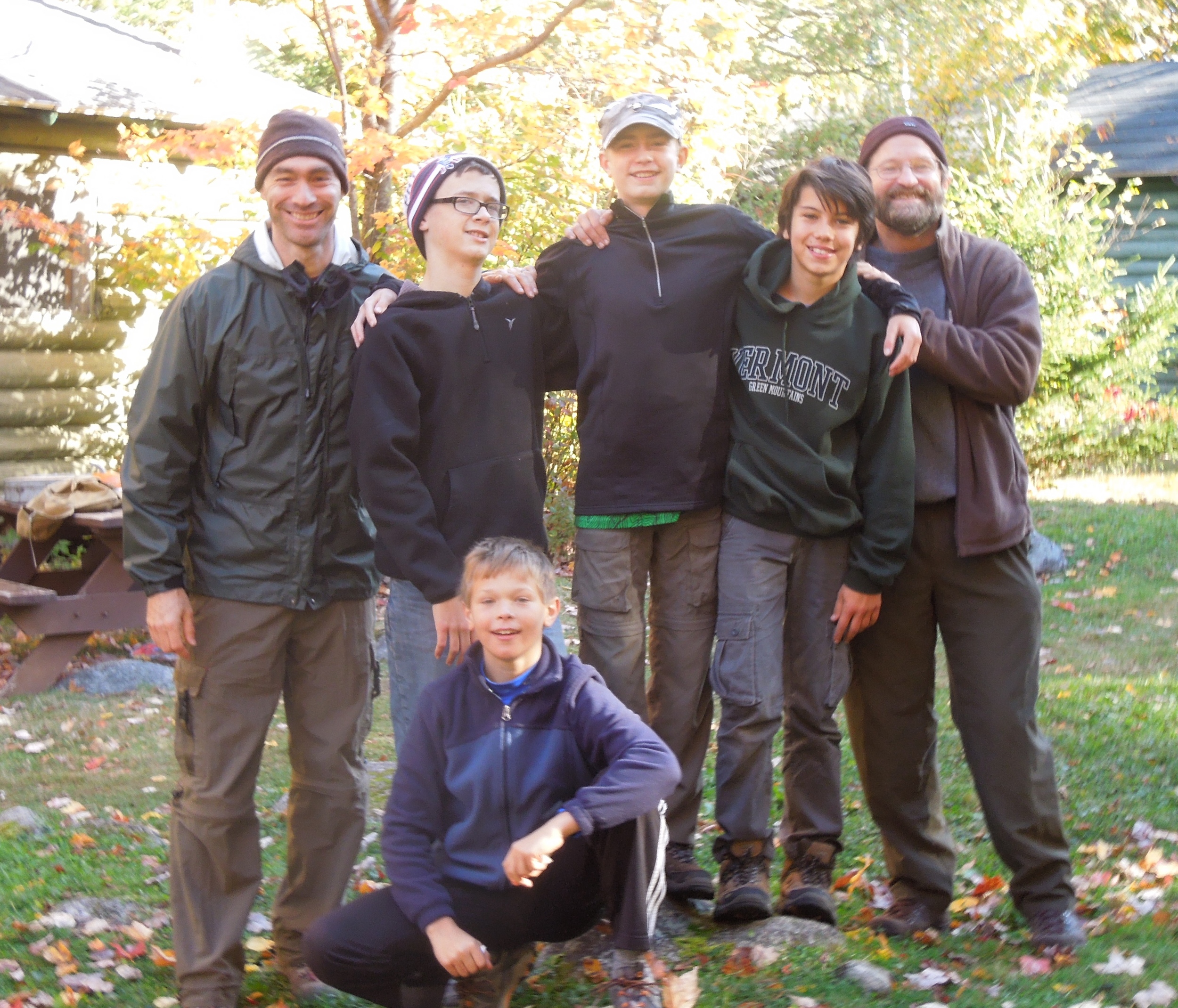



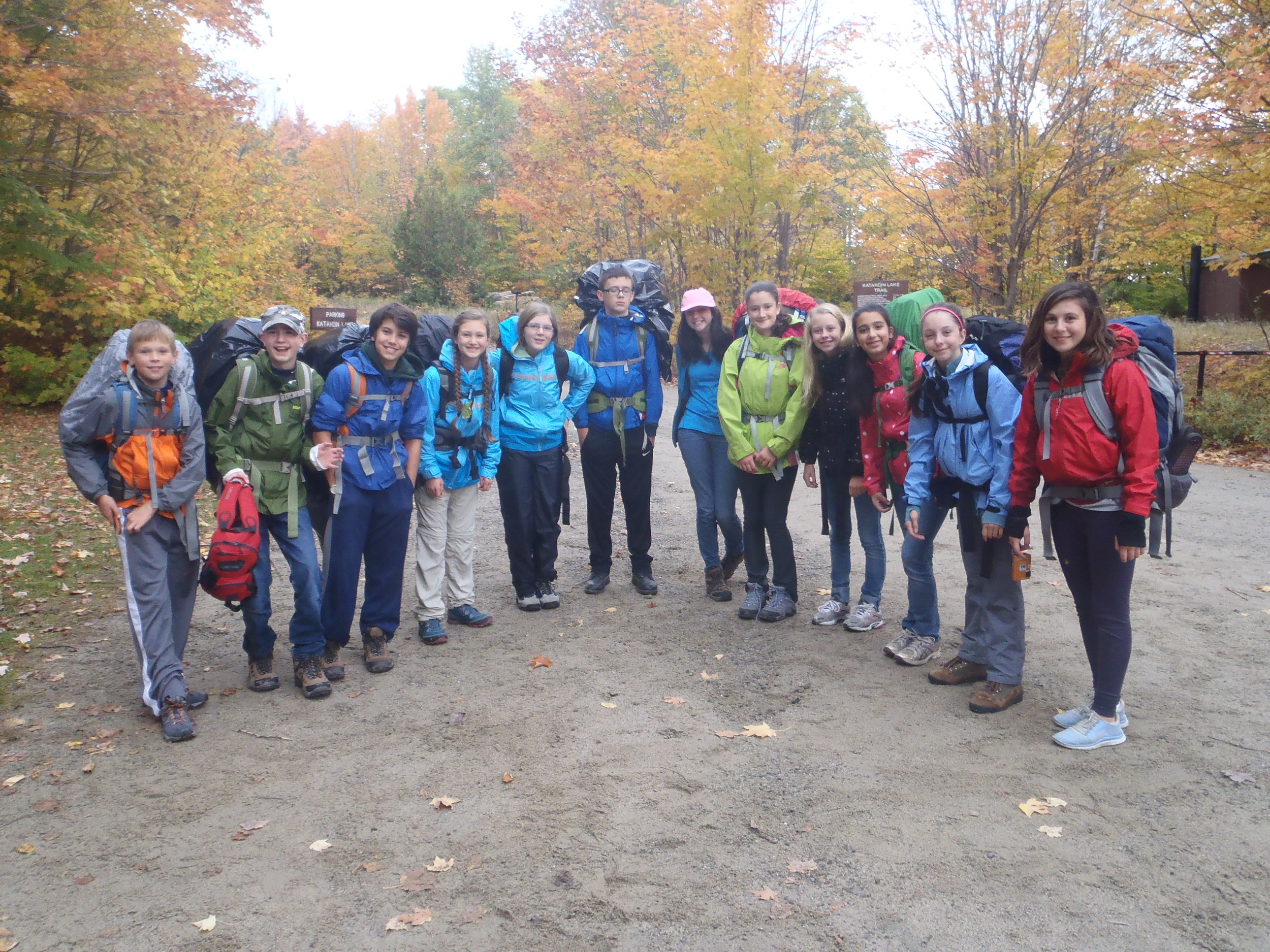
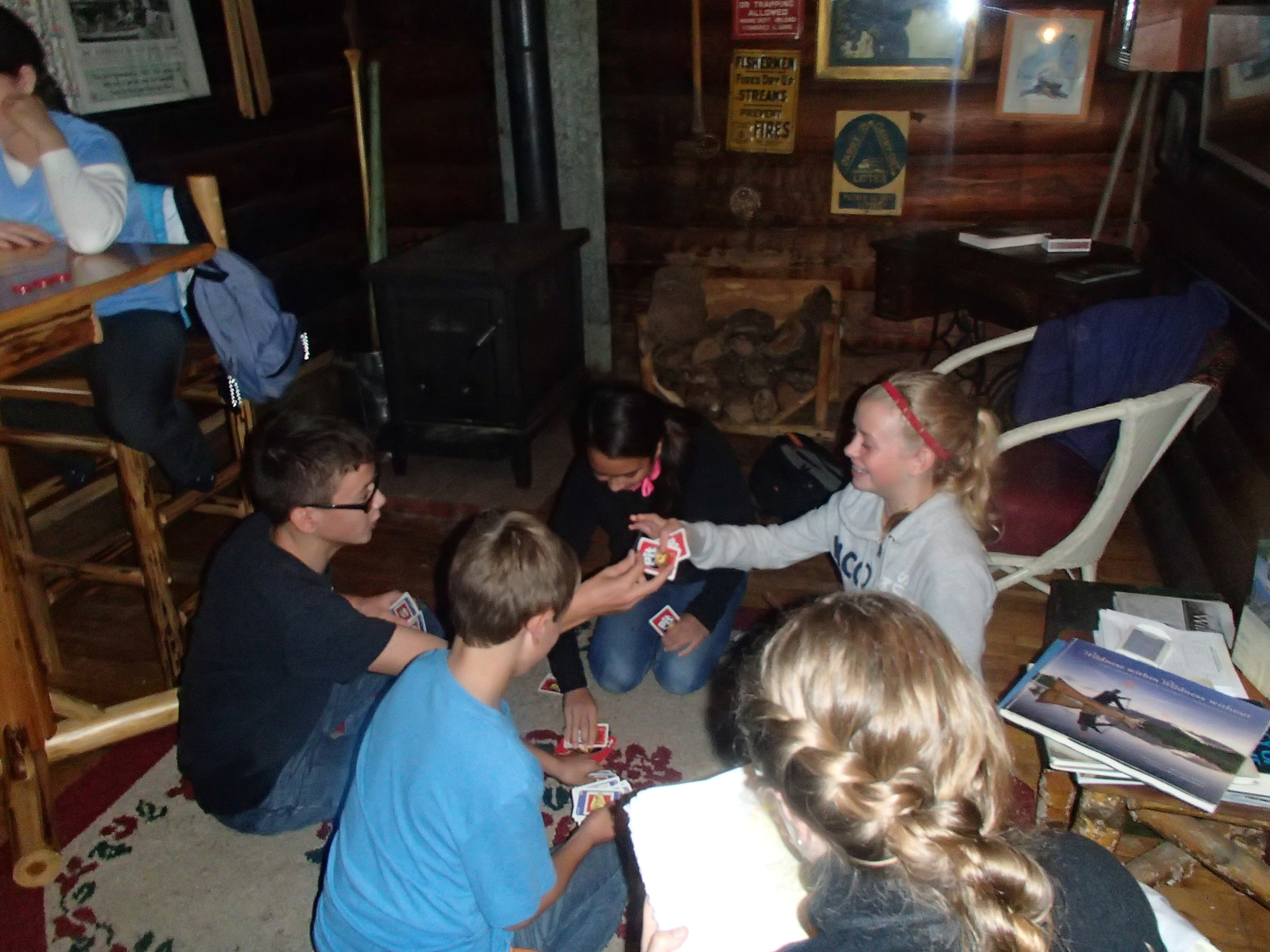
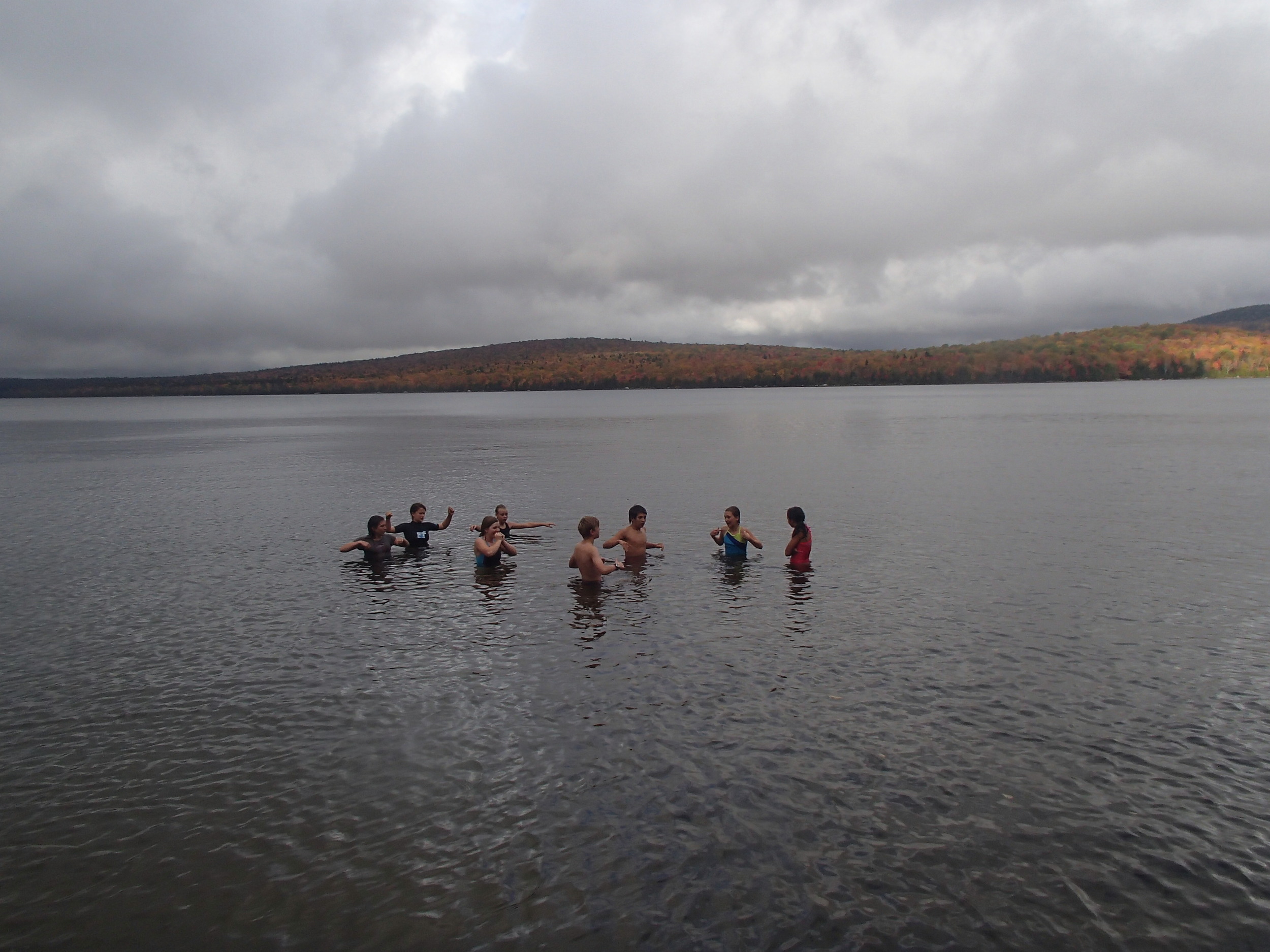



Making the World a Better Place - One Child at a Time
Last Thursday was Gandhi’s birthday, and also the International Day of Nonviolence, a day to honor peacemakers around the world. To observe the day in the Lower Elementary, we read a short story about Gandhi’s life and talked about ways each of us might practice peace. The children thought of many different ideas like writing letters to new neighbors, helping someone, thinking about Gandhi, working with a Zen garden, saying kind words, and appreciating nature.
11 Ways to Foster Independence
Developing Skills, Grit and Resiliency through Trial, Trust and Failure.
After reading and agreeing with popular articles explaining how losing is good for kids, that grit is essential for success and that a 4th R – resiliency – has been added to child-rearing, it seemed like the next logical, large scale conversation might be:
- How do we allow failures to occur naturally in our child’s life?
- What will it look like to foster independence?
- Can my child handle what comes along?
- What can I do to encourage and show trust in my child?
Failures occur naturally when we allow our children to take a more active role in their own lives by providing them with ample opportunities to choose. Young children, with not much life experience, are bound to choose to play with a favorite toy instead of getting their snack or lunch ready for school, resulting in a hungry belly at snack time. The result is a learning experience that provides good information for the following day and a chance to develop resiliency as they experience a minor failure.
Here are 11 Ways to Put Trying, Failing and Recovery into the Everyday
- Send the kids outside.
Often, we send the kids outside when we’ve decided we’ve had enough. Enough screen time, enough rough-housing, or enough whining because they are “bored.” Instead of using outside time as a reaction to enough of something, get creative and spin it. Show the children how you used to make teeter-totters out of scrap wood. Or better yet, leave a pile of wood, nails and a hammer and see what happens. If your child is younger, allow for time to play in a puddle, pile of leaves or muddy zone. There are countless ideas out there.
- Ask the kids.
Consider asking your children to identify one thing they have never done, then encourage and enable them to try. The end result is not the goal. The process is! Give it a try, simply ask, “What is one thing you have never done but would like to try?” Then plan how and when, and simply be there without commentary, as they give it a go.
- Start small.
After we ask, we have to allow our kids to make toast, knowing it will lead to making eggs and pancakes one day. We have to slow down and say, try it. Even if as Lenore Skenazy says, “Maybe these tasks seem small, even silly, but in a culture that has created mountains of fear around every childhood experience, these kids (who are encouraged to try) have started their climb. Pretty soon, they’ll be ready to fly.”
- Share stories.
When we look to other people, to our own childhood stories and success stories from other children, it becomes easier to put it all in perspective. For example, Ringo Starr, a surviving Beatle, was chronically ill as a child and never finished school, in fact he spent many years in the hospital. It keeps things in perspective to think one of the most famous, beloved drummers in history discovered his own talent while tapping sticks to pass the time in his hospital stay. This certainly wasn’t a picture perfect- mom- and-dad-will-make-it-happen-route and he turned out pretty successful on his own, don’t you think?
- Encourage other parents.
Parents talk. Parents want what is best for their children. Avoid showing off what your child can do, but rather encourage other parents to discover for themselves that their children CAN handle more than they think.
- Identify your fears.
After your child has chosen a task, it’s helpful to write down the fears you have. Once you do this, you can plan for how you will respond if your worst fears actually come true. (Example: If I let my child pack her bag, she will forget her boots. I am afraid the school with think I am a bad parent. Plan: I will send a note saying I am encouraging my child and if she forgets her boots, we will work on ways to remember them at home.)
- Get the facts.
After writing down your fears, get the facts. If you’re afraid of the bigger, “what- ifs” like abduction, find out the real stats and then plan accordingly. See Protecting the Gift by Gavin de Becker. Bottom line: instead of putting the axe on an idea altogether, find another way to create the same experience through alternative planning and enabling.
- Let go.
Here’s where we, as moms and dads, have some work to do on ourselves as we develop the habit of letting go. We can try to control the outcomes and direction of our children while they are young, but as our children get closer and closer to leaving the nest, it is imperative that they learn and practice staying afloat and recovering in the wake of mistakes and mishaps. If we impede their progress neither of you will be prepared for what the real world will deliver from 18-years to 80-years-old.
- Practice, practice, practice.
In order for kids to experience and garner meaning and develop resiliency from the lumps and bumps, the ups and downs, the oopsies and flops that go hand-in-hand with all learning, kids will need oodles of practice time. And as parents, we have our own job to practice stepping out of the way and trusting our children. No parent I know is likely to wake up one day saying, “Alrighty kiddo- this time you’re on your own.” Likewise most kids won’t wake up one day saying, “No problem, I didn’t make the team or I forgot my lunch, I’ve got this,” without some practice. Baby steps and practice are good for everyone in the family.
- Keep track.
When parents keep track of the efforts and outcomes, it becomes very clear that over time, these “simple” tasks add up. They also keep motivation high and evidence in hand that yes, children do benefit from us backing off and staying quiet (grab the duct tape) and showing our kids that we have faith in their abilities to tackle new things and overcome failures.
- Celebrate!
If your second-grader made eggs for the first time (after four failed attempts with shells in the scramble), he’s a rockstar because he’s taking on more responsibility and he did it. He made it through the failures, as minimal or as grand, as they may seem to us. This is progress! Have a big breakfast and make it a celebration.
As children grow and mature, parents can foster independence by allowing children to make choices, learn from them, make necessary course corrections, experience failure and success and develop the resiliency they require to tackle any of life’s challenges and obstacles. As the Buddhist Quote says, “Fall down seven times, get up eight.”
- By Vicki Hoefle (Guest Blogger)
Join me for a lively workshop on Monday, October 6th, 7-9pm,
right here at Hollis Montessori School. Details & Directions
Vicki Hoefle
Creator, Parenting on Track (TM)
Author, Duct Tape Parenting
www.vickihoefle.com
From the Mouths of Babes: Our Top 10
Language is essential to humanity, but it is something we often take for granted. It allows us to communicate our thoughts and emotions and lays the foundation for reading and writing. It sets apart entire cultures.
Anyone who has children of their own, or those of us who work with children know the great capacity of their ability to listen and to speak. Maria Montessori, who had her own gift for words said, "At the base of every language is the great register of the sounds of the language - the child. The child is, as it were, a machine made by nature for this task. The child hears the sounds exactly. That is in itself marvelous....The child has no preparation either, yet nature has given him this immeasurable gift which is that of registering and fixing these sounds in exact measure. The adult prepares the intelligent part, the child takes it up, fixes it, keeps it." (Creative Development in the Child)
Sometimes we marvel at their words, and sometimes we wish we had been more careful speaking around their little ears. Either way, children certainly have their own unique way of communicating. In that light, here is the top 10 list of gems we have compiled "from the mouths of babes":
- "I know the biggest number in the world. It's five thousand, two hundred, fifty-three hundred thousand twenty-seven."
- Child approaching Guide with a tangled necklace halfway around his head, "Can you help me with this? It won't fit. My head grew too much."
- Child: Today is my daddy's birthday!
Guide: Well tell your daddy happy birthday for me!
Child: Ok. He's turning um, 90, well, I think 91 today.
- "We have to have our heads checked to make sure no lace is in our hair." (child referring to a lice check)
- "I saw a mommy worm and then I went away and came back and it gave birth to three baby worms!"
- "My mom said I can't choose that work."
- Child: "My dad has a job."
Guide: "What does he do in his job?"
Child: "He rides his bicycle all over the place and sells pieces of plastic."
- After an informative discussion on spitting and germs, a child excitedly waved her hand to share a comment: "Well one time when I was a little baby, I stuck my hand all the way down my throat and threw up all over my bed."
- "My grandma sleeps ALLLLLLLLLL day. Until the afternoon!"
- Guide (asking a child if he is available for a presentation): "Are you free?"
Child: "No! I'm 4!"
-Becky (Children's House Guide)
A Rusty Cider Season
It was most dismaying to return to school in August, looking forward to a new cider season, only to find the leaves and fruit in our orchard covered with bright orange and black spots. A mild and rainy spring had caused our trees to become infected with the fungus cedar apple rust. Now our apples are small and pithy. We’ll have a lot less cider this year unless we can find another source for apples. Woodmont Orchard across the street, which has most kindly helped us out in the past, has fewer apples to spare this year. After a bumper crop in 2013, the harvest is likely to be a bust this year.
Cedar apple rust has an interesting life cycle. It requires both apples (or other rose-related species) and cedars (or other juniper-related species) in order to propagate. This spring, spores produced on junipers, wild or cultivated, landed on our apple leaves and blossoms just as they were emerging and were able to grow because the temperature was between 45 and 75° and were damp with rain. Orange spots formed as the mycelia that forms the body of the fungus invaded the plant cells. Damaged leaves means fewer nutrients for the tree and less healthy fruit for us. A couple months later spores were produced by those spots. Carried by the wind some of those millions will land on cedars planted in neighboring yards or on low-lying junipers down in Spalding Town Forest. There over the next year they will form a gall. Then, during the next spring rains, strange orange tentacle-like protrusions will emerge from the gall. Within a few hours these will begin to produce spores that the fungus forcibly propels into the air. And these float away, some perhaps to land and grow again on our trees.
Prevention is difficult. Removing all local cedars and junipers is challenging. Some apple cultivars are resistant. Spraying with a sulphur will reduce or even eliminate the infection, as will powerful fungicides. Sulphur is considered an organic solution. The rust does not kill the trees. Some simply hope that conditions are not, as they were this year, perfect for spore germination. As a back-up, we are considering working with a local farmer who might be able to spray our trees with sulphur when conditions warrant (and the children are away).
-Jim Webster
